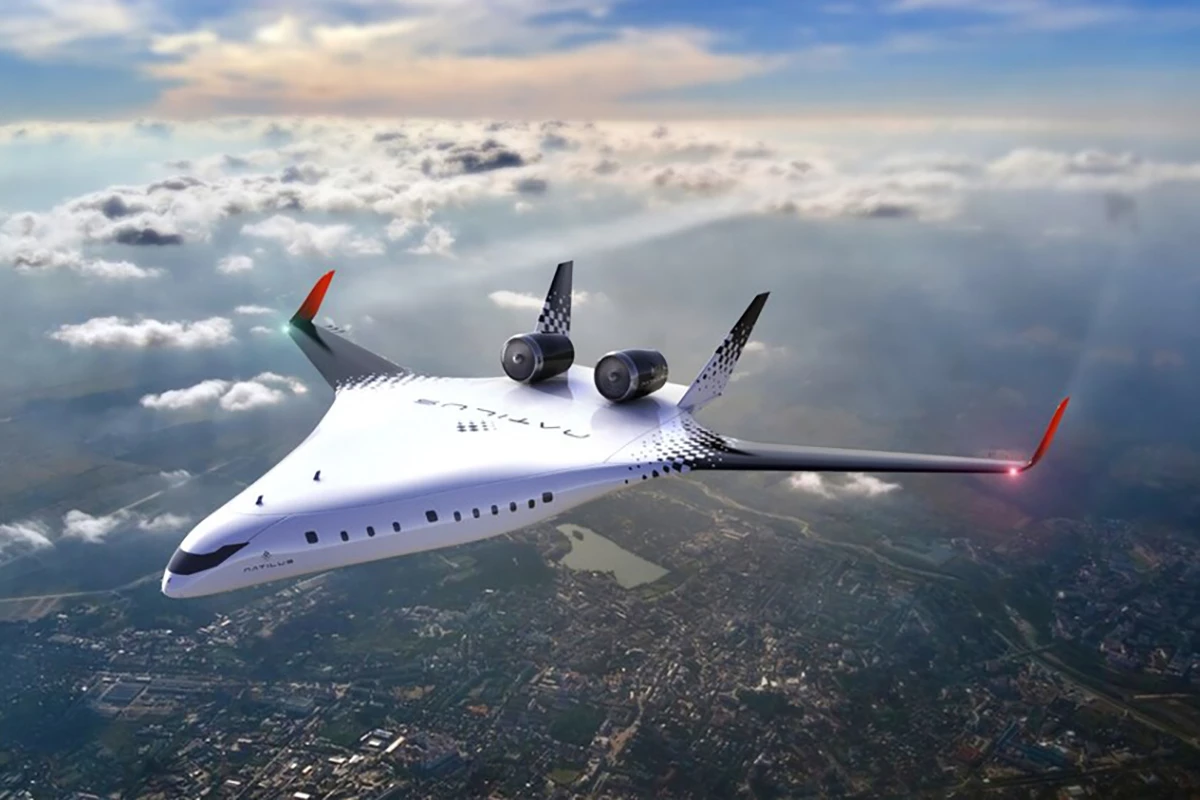Aerospace startup Natilus is taking on the biggest players in civil aviation, unveiling its plans to build its Horizon Blended Wing Body (BWB) passenger/cargo liner that can carry 200 passengers from New York to London with 50% lower emissions.
If you visit any airport, you'll notice that all the airliners have one thing in common. Whether prop or jet propelled, they all have the standard wings-and-cylinder general design that has dominated aerospace architecture since the 1930s. From an engineering point of view, it's a good choice and it's been very successful for decades, but it still leaves something to be desired in terms of things like drag, available space, and general efficiency.
One of the more promising alternatives to the standard configuration is the BWB, where wing and body smoothly blend together with no clear dividing line, as opposed to a flying wing, which, as the name implies, is all wing, and the lifting body, which is all body without wings. BWB is an idea that's been around since the 1920s and has seen real-world application in the B-1 Lancer nuclear bomber. Now, it may be on the verge of challenging the dominant civilian airliner paradigm.
The advantage of the blended wing design is that it doesn't have a join between the wing and the fuselage, which greatly reduces drag. In addition, the blending of wing and body moves some of the job of lifting the aircraft from the wings to the entire plane, creating more lift for less drag.
In addition, a blended wing aircraft can be made with much more interior space for cargo, passengers, or fuel. The last is particularly important because, with so much interest in making airliners that can run on hydrogen, an aircraft that can accommodate hydrogen tanks and their support mechanisms is an attractive option.
It's in light of this that Natilus wants to develop its blended-wing family with the largest, Horizon, able to carry up to 200 passengers on intercontinental flights with 50% less emissions and burning 30% less fuel. In addition, it will have 40% more volume, putting it in the same payload class as the Boeing 737 and Airbus A320 narrow-body aircraft.
With future demand for airliners exceeding manufacturing capacity and Boeing in major financial trouble, it seems like an opportune time for Natilus to get into the game, but it's still what can only be called a bold strategy. The Big Two in the field are a duopoly for a reason and it won't be easy to challenge them.
True, Natilus is gambling on a major bit of technological innovation and that has often allowed a newcomer to bring down the more established competition, but blended wings do have their drawbacks. For one thing, airports will need to be modified to accommodate them, though the company says that the Horizon is already compatible. And then there is the question of whether passengers want to be in seats where the nearest window is a speck of light in the distance.
Also, there's nothing to keep Boeing or Airbus from switching gears and starting their own blended wing families. And then there's the perennial, let's-just-buy-the-usurper option.
At any rate, the Horizon is expected to be ready for customers early in the 2030s.
"The commercial aviation industry is looking for real solutions to become more sustainable, more efficient, and more profitable," said Aleksey Matyushev, CEO and co-founder of Natilus. "With the Horizon, we're introducing improved aviation economics that benefit the industry while helping safeguard our planet for future generations."
Source: Natilus




